zero carbon buildings
August 8, 2020

Hey Boomer! Pay Your Carbon Debt!
Baby boomers have enjoyed unprecedented financial opportunity, convenience, and economic security— benefits built largely from extraction and burning of fossil fuels. The resulting impact on Earth’s climate has created the Baby Boomer carbon debt. It’s time for them to take action to preserve the climate for future generations, but there’s not much time.
Read ArticleJune 12, 2020
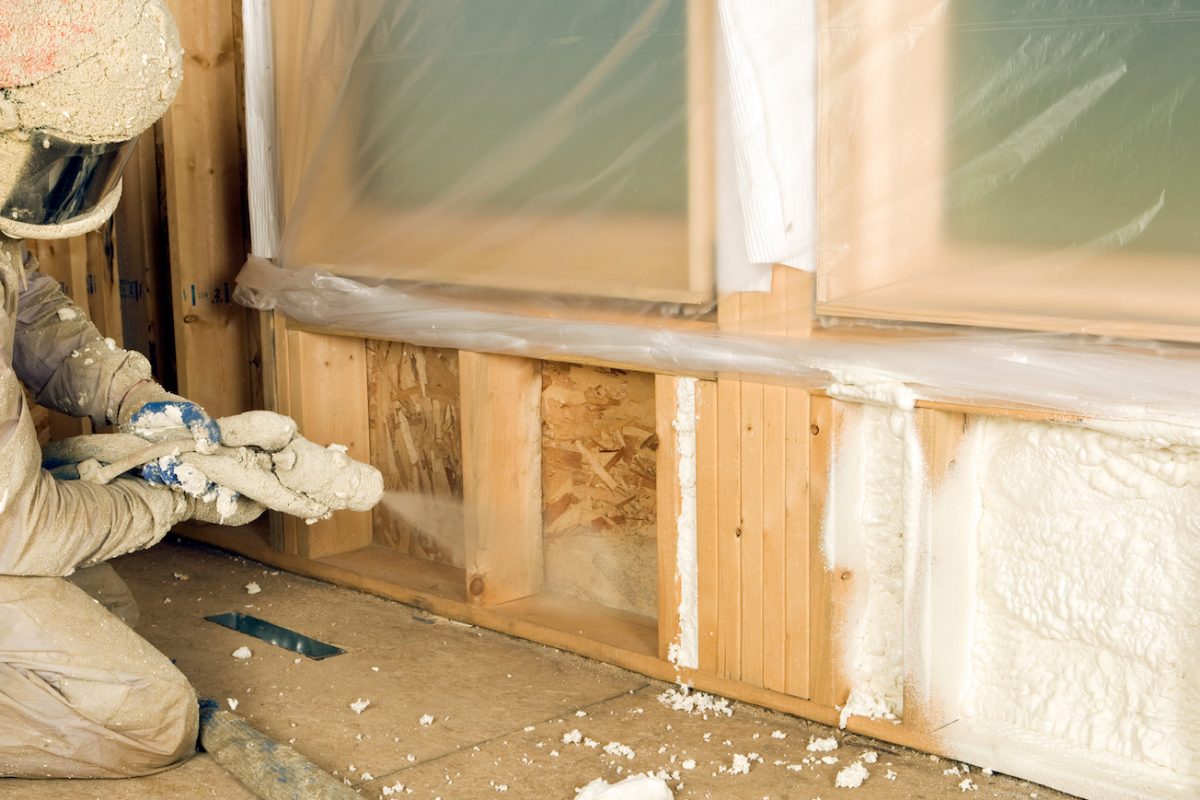
Does Your Insulation Have Low Embodied Carbon?
Zero energy homes need thick layers of insulation, but some materials have serious climate impacts. Identify the key factors that affect the carbon footprint of insulation materials and some good choices for future projects.
Read ArticleMay 20, 2020
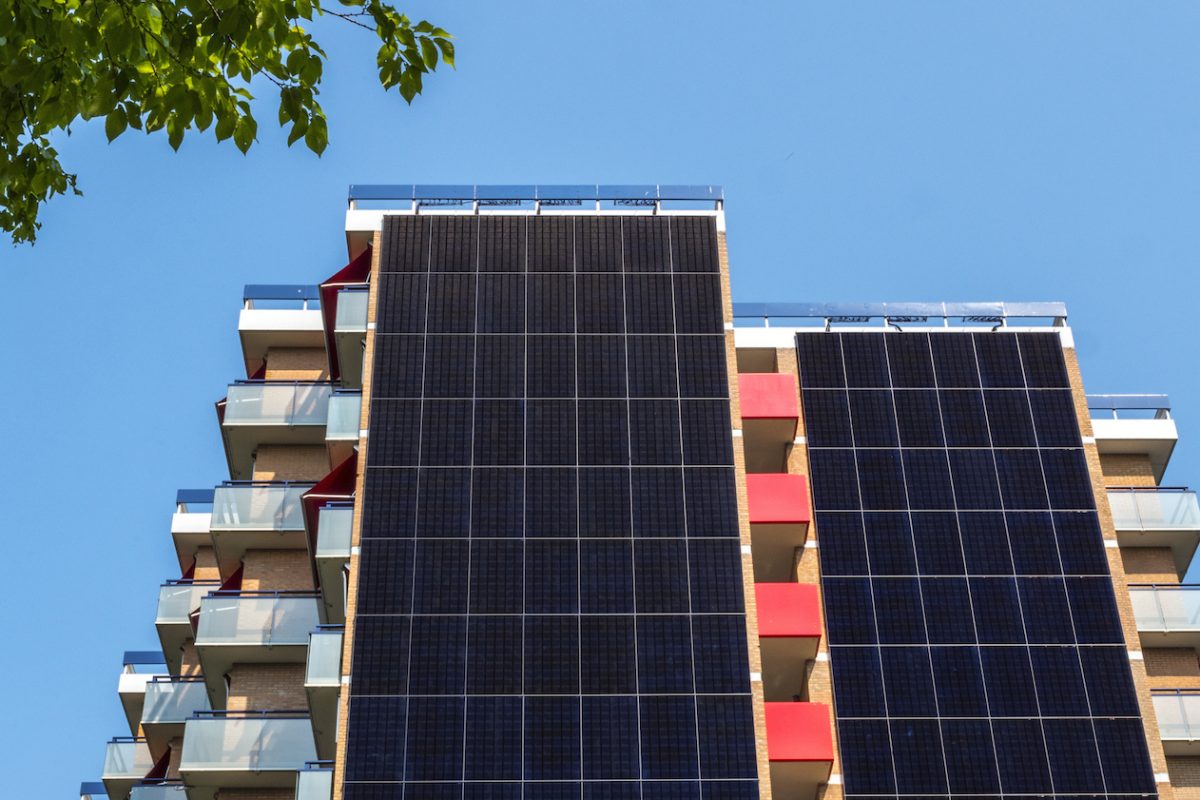
Offset Embodied Carbon With Solar Panels
Thoughtful zero energy design and material selection is only the first step to reducing the climate impact of a new building to zero. In the end, the building needs to generate enough positive energy on site to compensate for both its embodied carbon and its operational energy.
Read ArticleMay 20, 2020
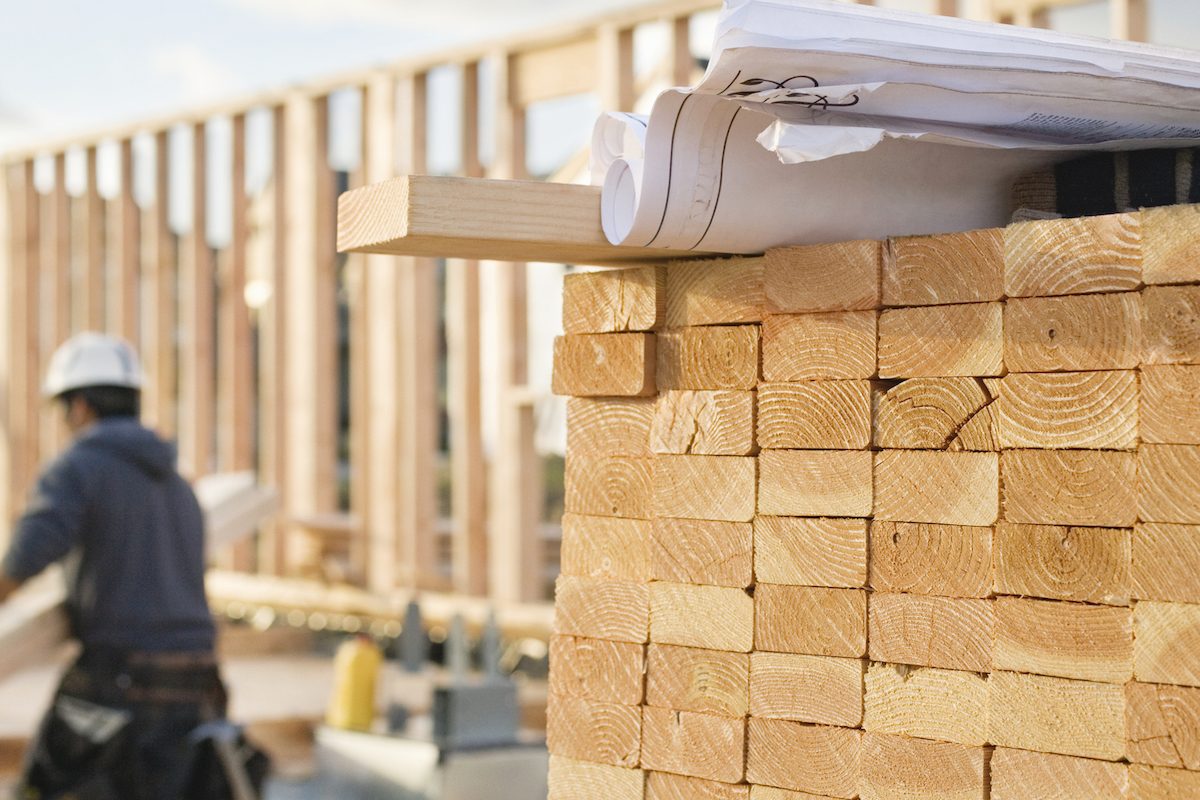
Four Steps to Zero Carbon Buildings
New homes and buildings will stand for decades, if not centuries. The carbon emissions embodied in the building materials and resulting from the manufacturing and construction processes must be factored into their overall carbon footprints. These four steps will get us started on the path to zero carbon.
Read ArticleNovember 18, 2019
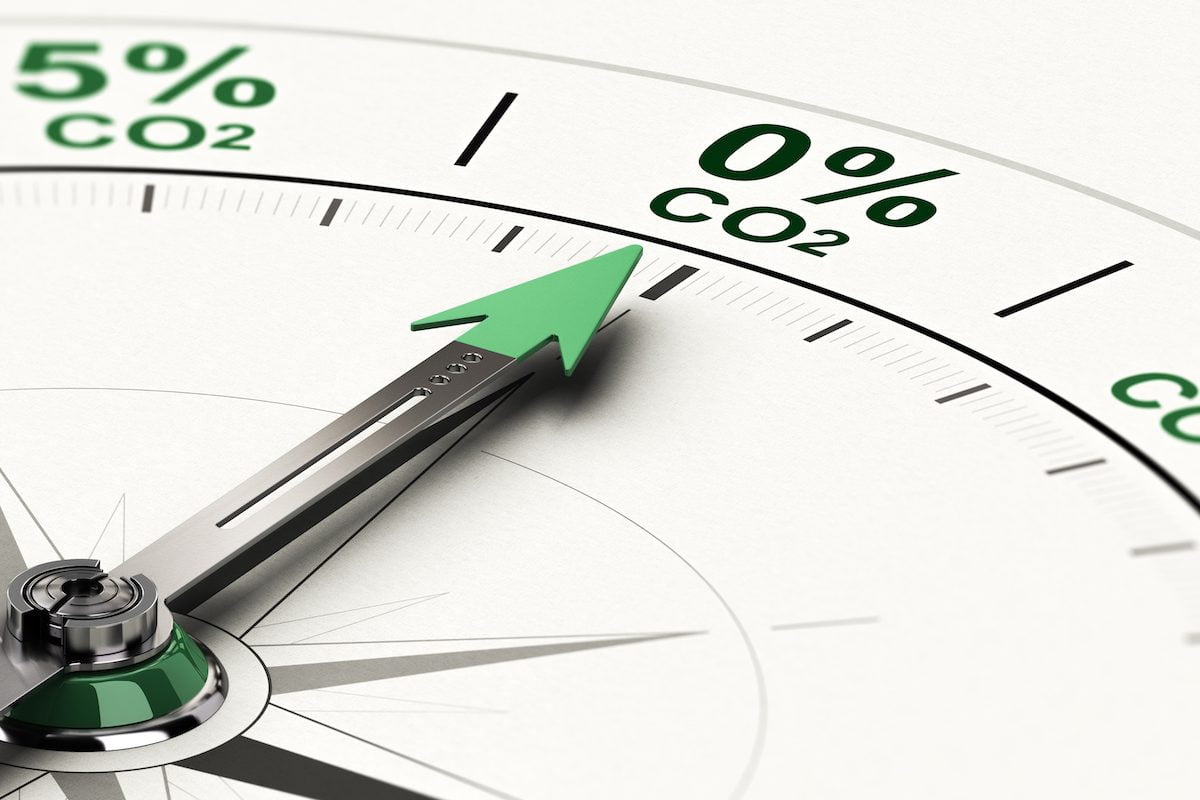
Energy Efficiency is Necessary but Not Nearly Sufficient!
Ask people how to reduce greenhouse gas emissions from buildings and most will say “improve energy efficiency.” That may be a step in the right direction, but it’s time to adopt a better measure – a building’s total carbon emissions.
Read ArticleJune 18, 2019
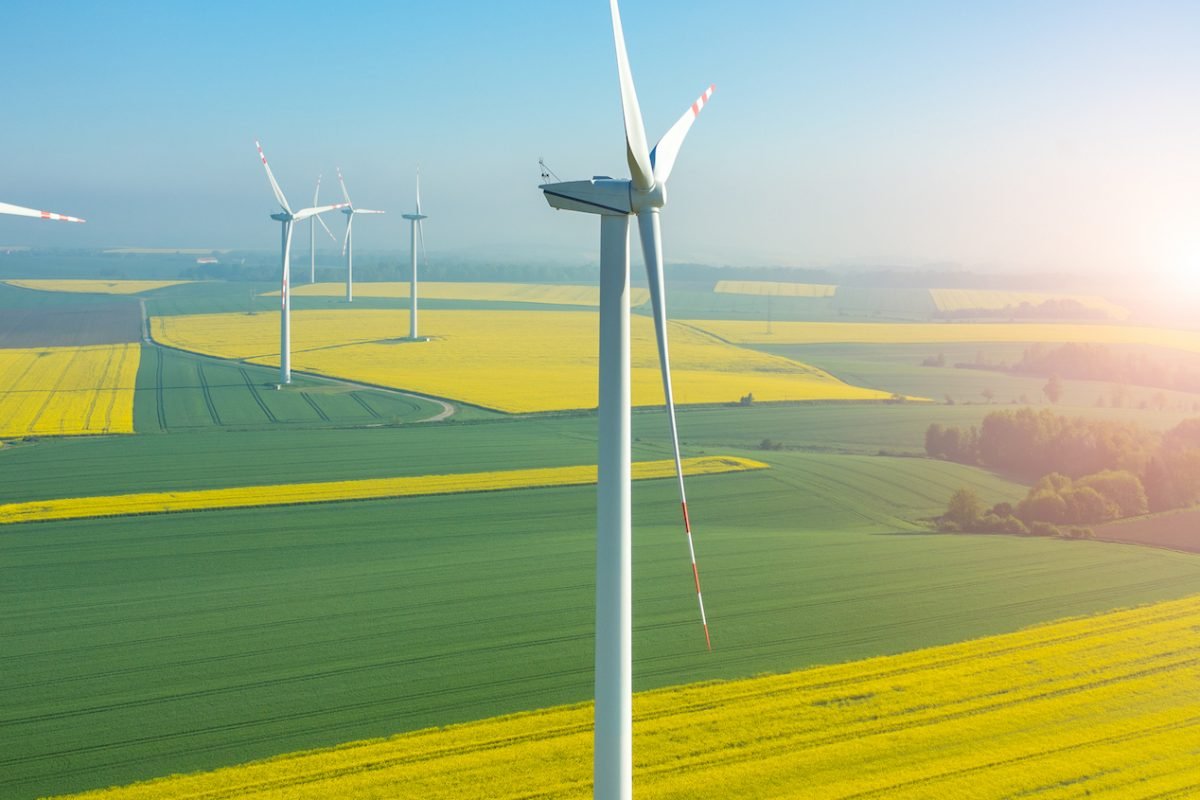
Getting to Zero: Buildings, Transportation and Agriculture
Energizing the Green New Deal Part Three is the final installment of our three-part series on realistic, primarily market-based methods for creating a zero carbon economy. Buildings are responsible for about 40% of greenhouse gas emissions and transportation for another 29%, so there is a lot of work to do there. Agriculture and forestry are two more fields that must be addressed.
Read Article